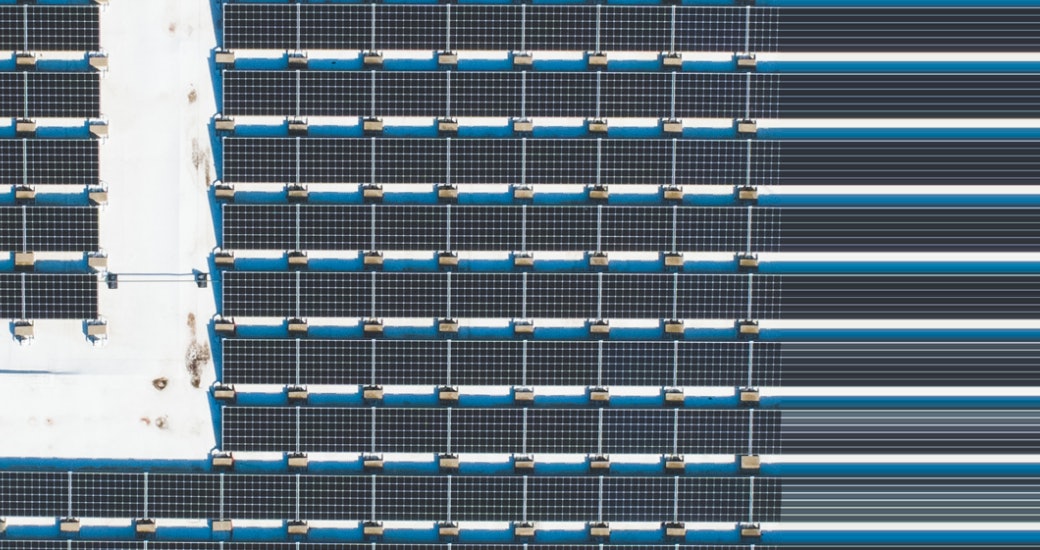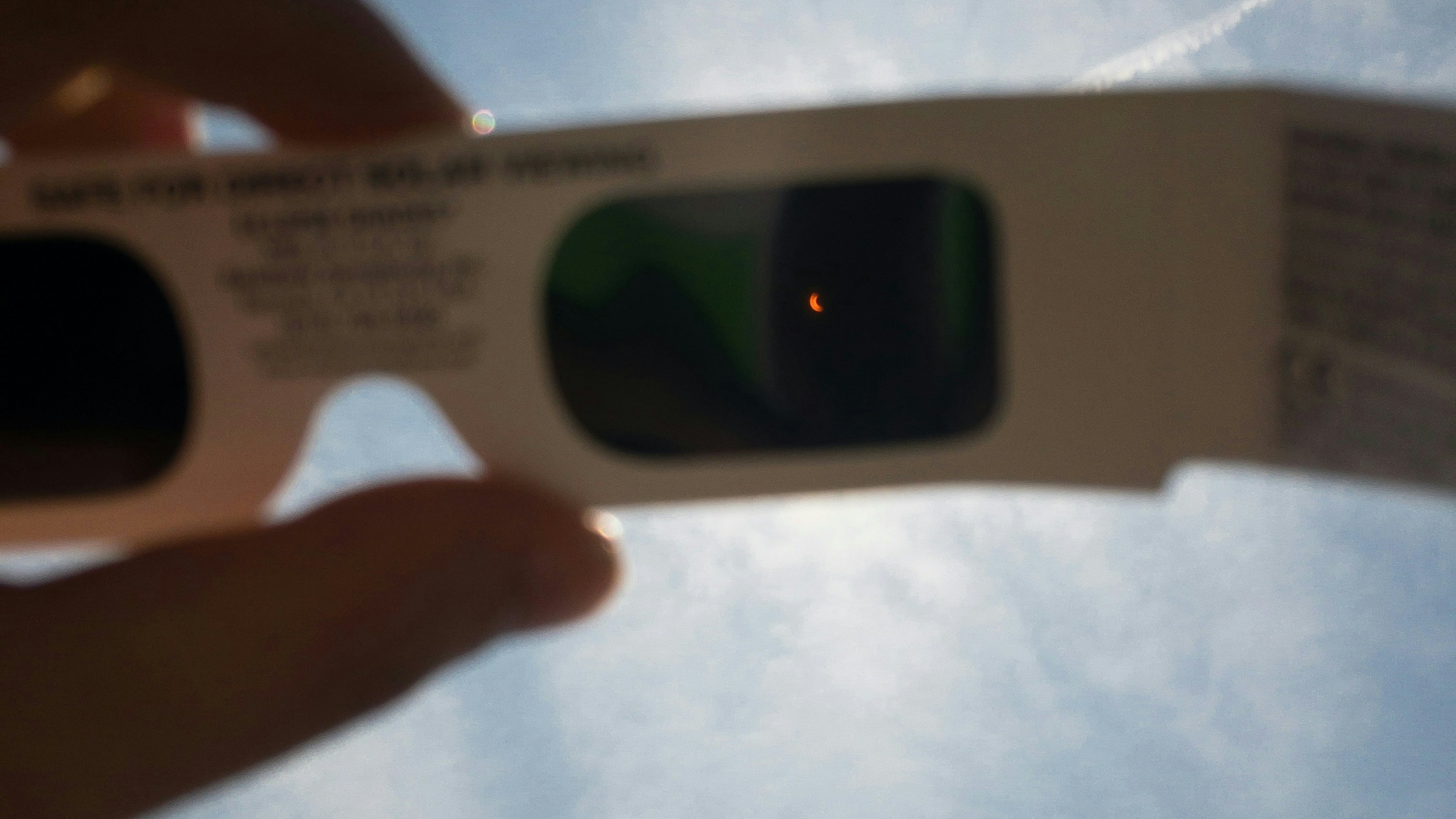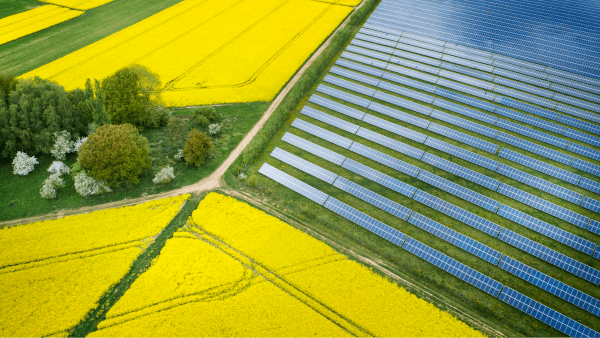Why community solar solves solar’s biggest problem

The promise of solar is two-fold: it’s good for the planet and for our wallets. In fact, solar panels have gotten so cheap that households across much of the country can save money with rooftop solar while reaping the climate benefits of clean energy as an added bonus.
But there’s one problem: about two-thirds of Americans can’t put solar panels on their roofs.
For those people, community solar — a term used for when a community of households shares in the benefits of a solar farm nearby — offers a perfect alternative. By enrolling in to a community solar project like the ones that Arcadia manages, a family can save money and support clean energy without the constraints of a rooftop system. The family simply enrolls in a solar project located in their area and the savings from the project show up as credits on the family’s electric bill. This is the same type of savings seen with rooftop solar, but without any of the cost or hassle of installation.

Without community solar, how many people would be left out of the solar market? The answer: the majority of Americans.
1. Homeownership: If a family or individual rents their home, they probably don’t want to make an investment in solar panels that they can’t take with them if they move. Only homeowners in single-family housing can reasonably put solar on their rooftop.
2. Financing: Despite declining costs, rooftop solar is still relatively expensive. The average initial investment required in the US is $17k to $23k after tax credits. Unless a family can afford an upfront cash payment for the solar panels, they’ll need to be approved for financing of the project. But solar installers usually require that a customer has excellent credit to make sure they’ll be able to pay for the panels over time.
3. The roof itself: Not all roofs are created equal and solar panels have a certain set of requirements for installation. For example, panels cannot be installed on roofs that are too steep, old, or shaded. Additionally, if a family owns an apartment or condo in a building with a shared roof, they won’t necessarily have the authority to install solar panels.

Ready to start saving with community solar?
Check availabilityPlenty of American households fall into one of the three categories above, but finding a household that checks the boxes of all three is a different story. First, the homeownership rate in the United States is just 64.8 percent. Of those homeowners, 95.5 percent live in single-family homes, according to data from the Departments of Commerce and Housing and Urban Development. Second, only 68 percent of American homeowners have a credit score above 700, which is what qualifies as “prime” for financing. Finally, the National Renewable Energy Lab has concluded that 81 percent of those single-family homeowners have roofs that are capable of supporting solar panels. (Stats as of July 2020.)

At first glance, these data points may not seem that selective. But add all of these prohibitive factors together and just one-third of households pass all three screens. This leaves two-thirds of Americans with no way into the rooftop solar market.
In raw numbers, the conclusion is just as striking. Out of 128.58 million households in the United States, just 43 million can take advantage of rooftop solar, leaving 85 million households without solar options.
As a company committed to building a 100% renewable energy future, greater access to solar energy is a critical component to curbing carbon emissions and cleaning up our energy grid for good. That’s why we are working to bring the promise of community solar to every American household.

Ready to start saving with community solar?
Check availability

